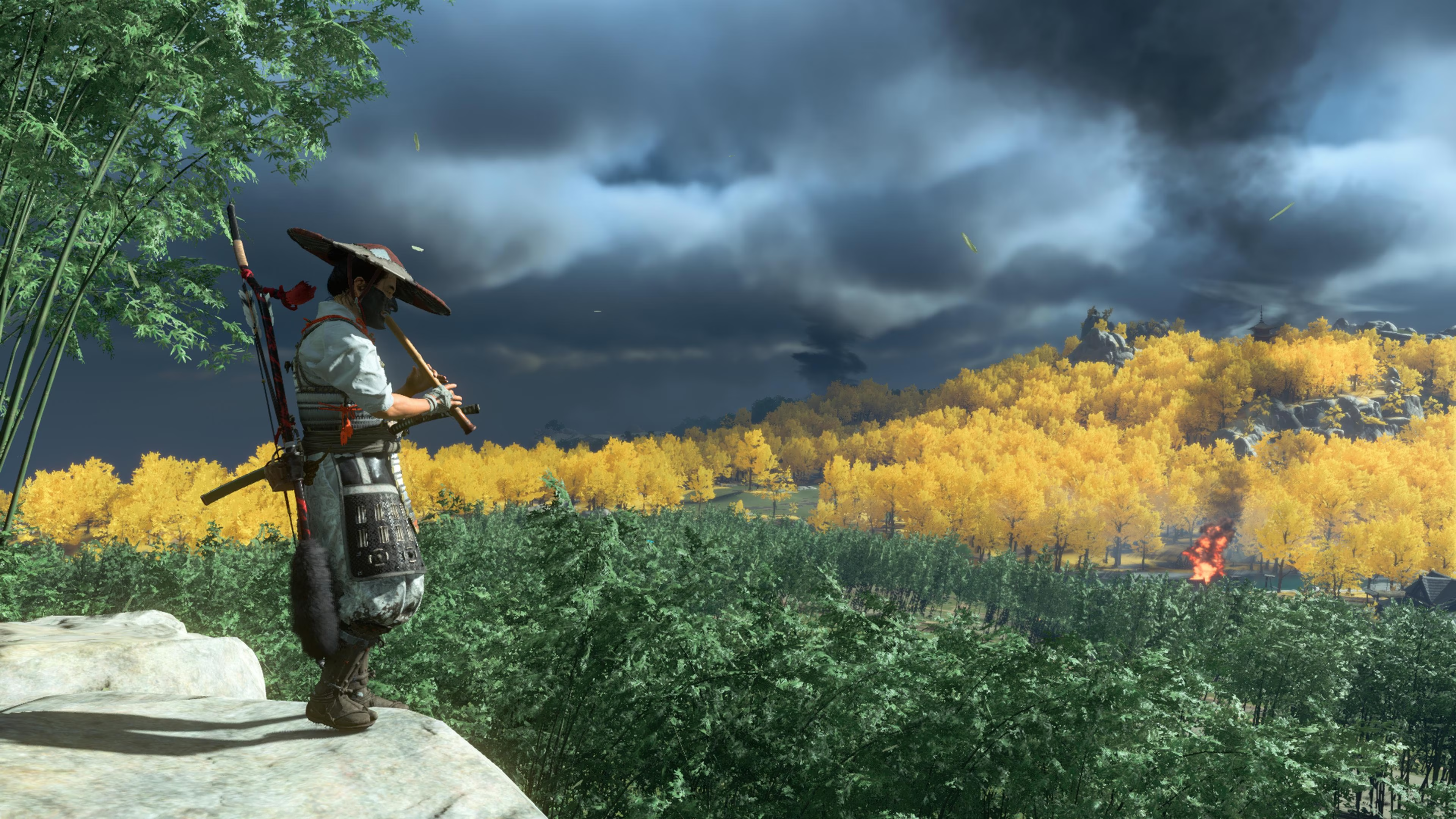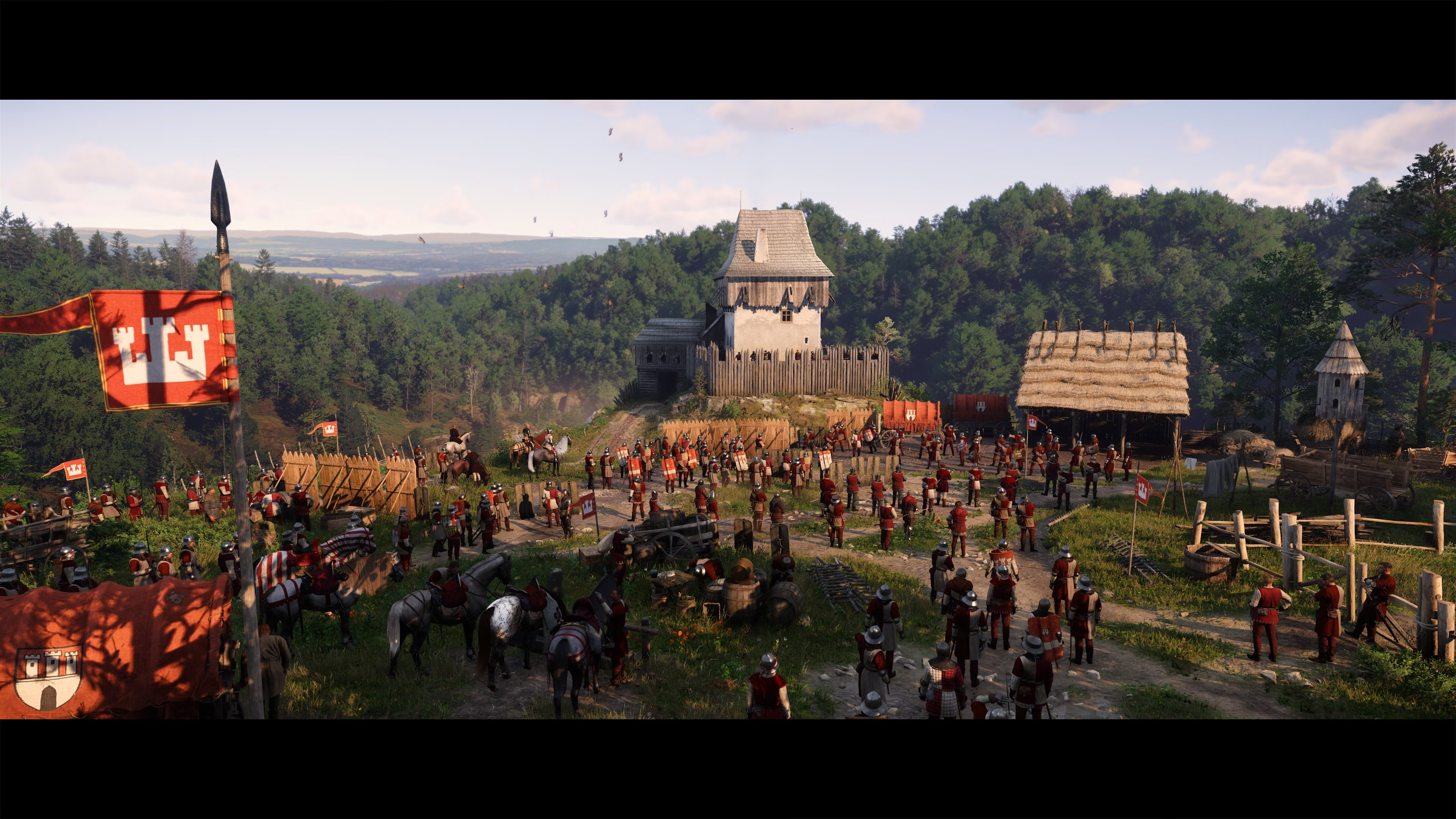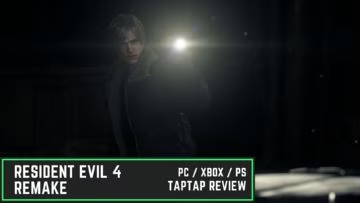Nostalgia and Expansion
Final Fantasy VII Rebirth Review
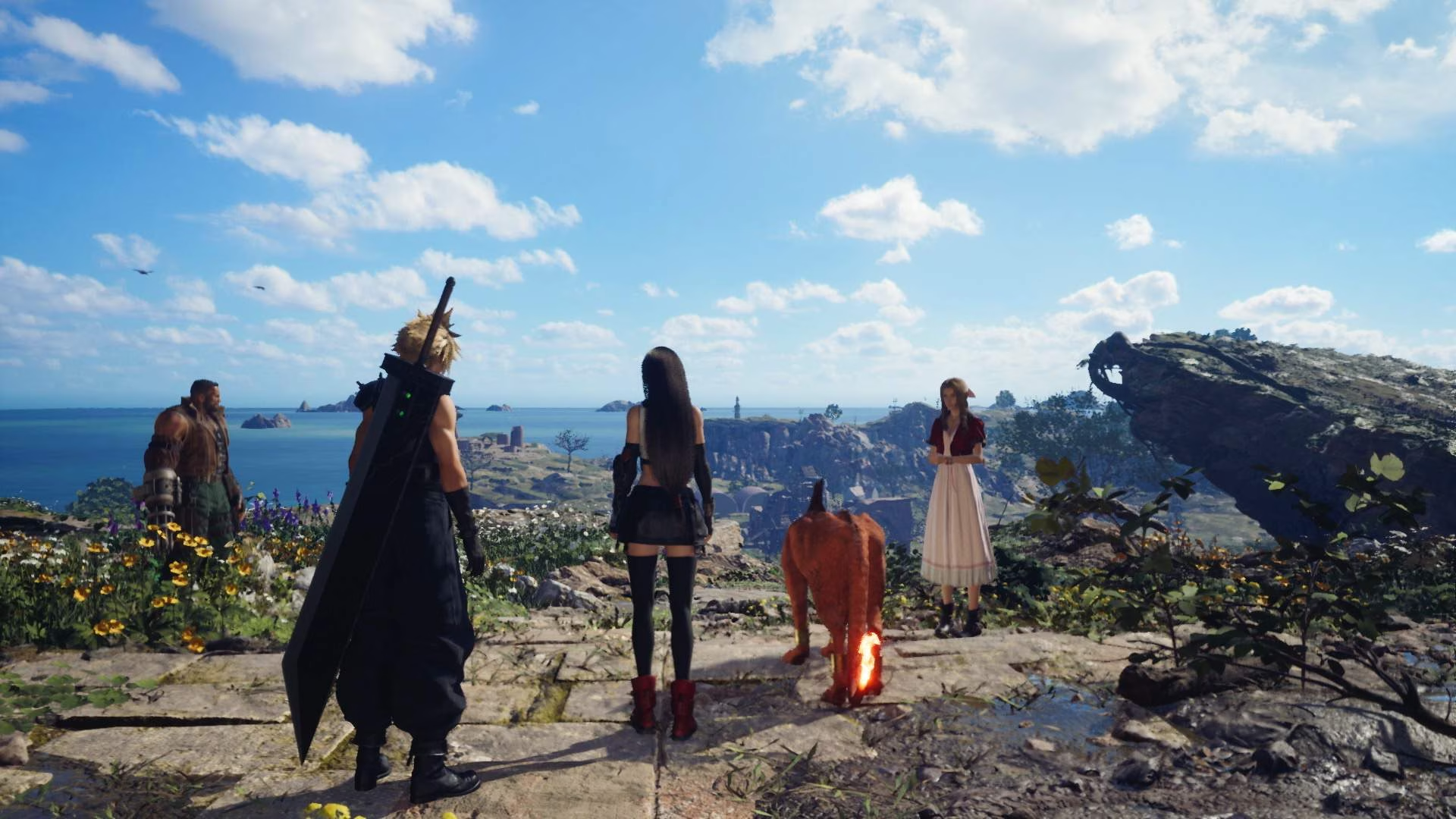

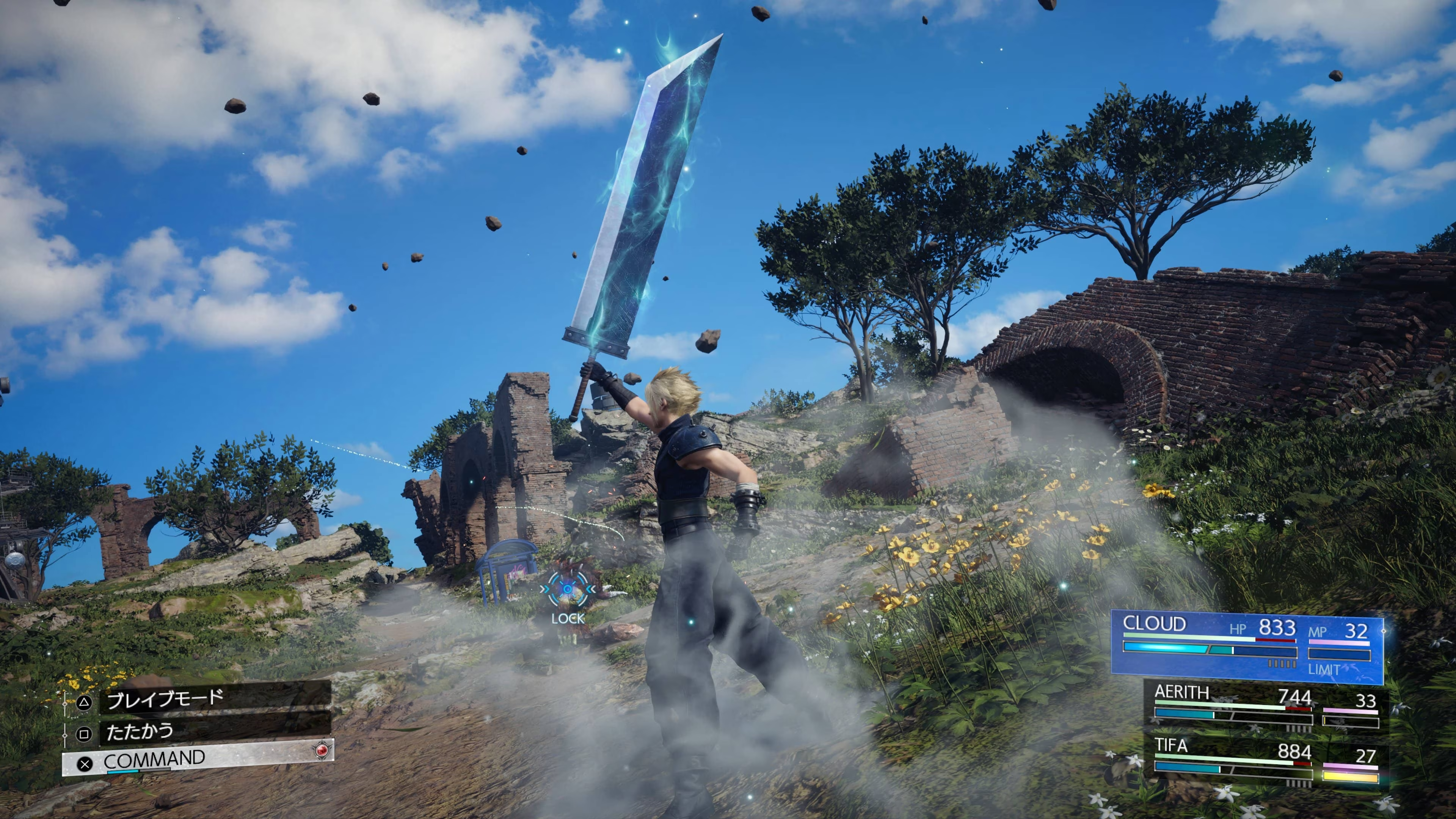
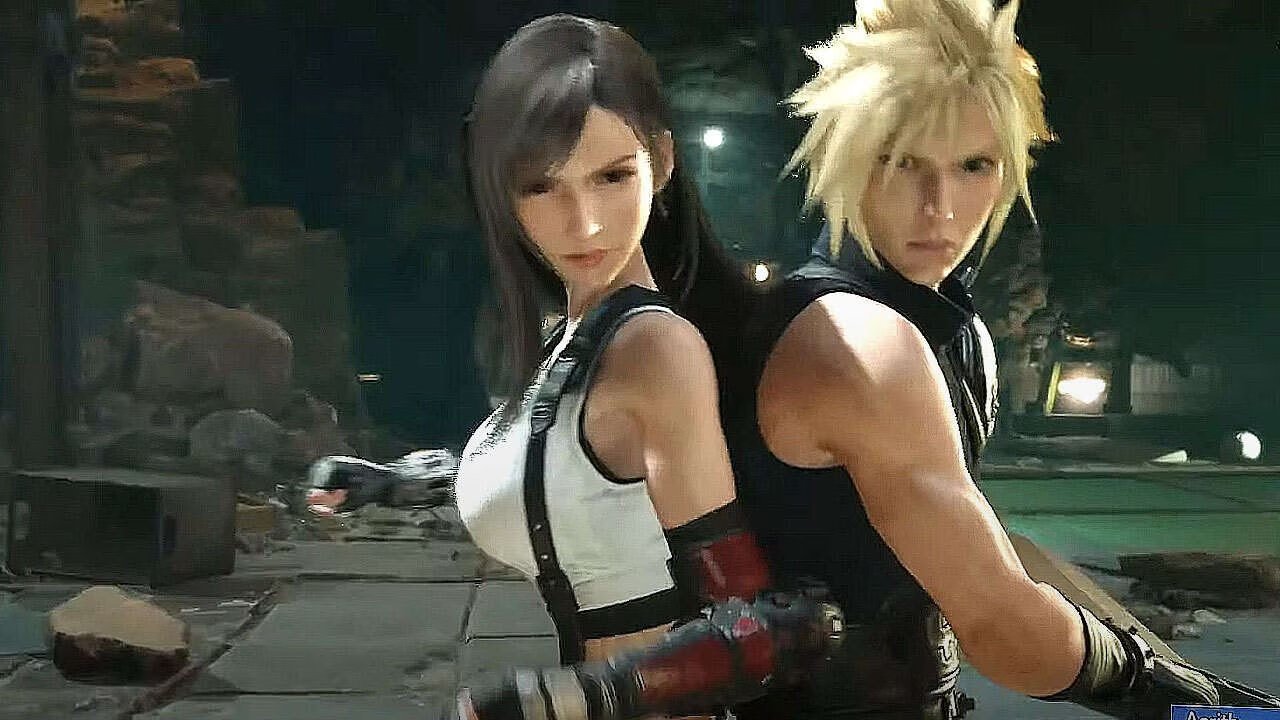
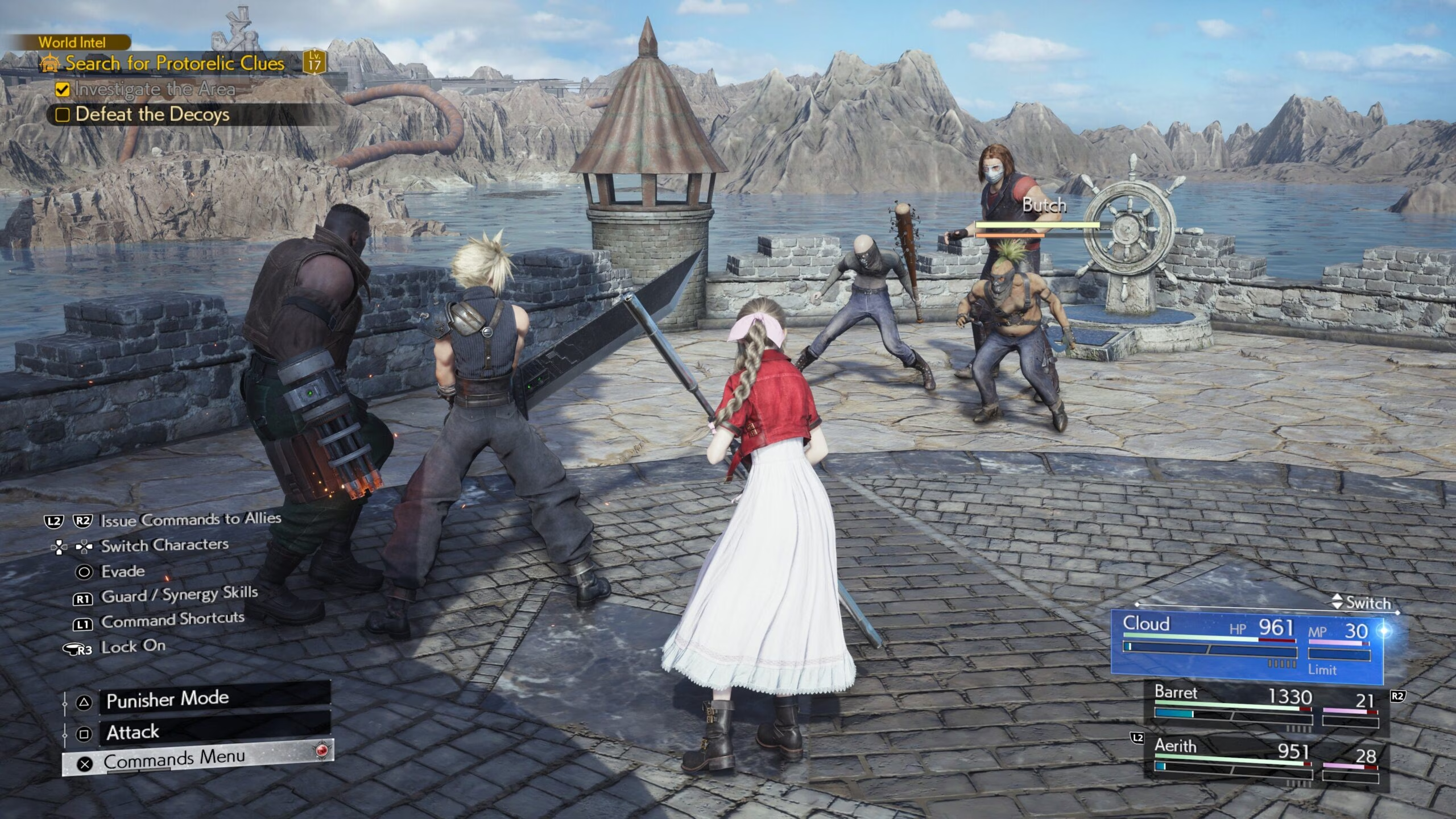
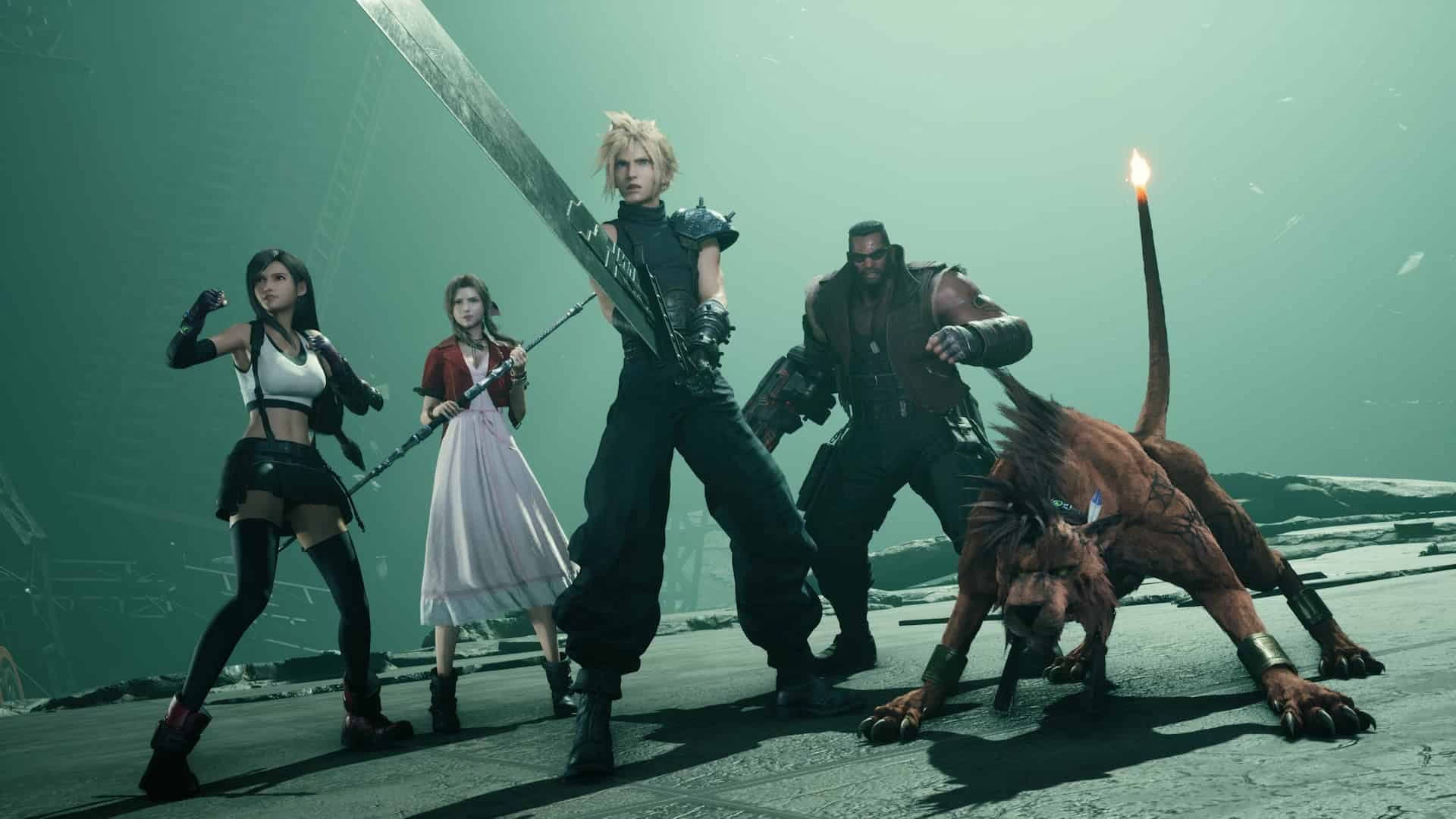
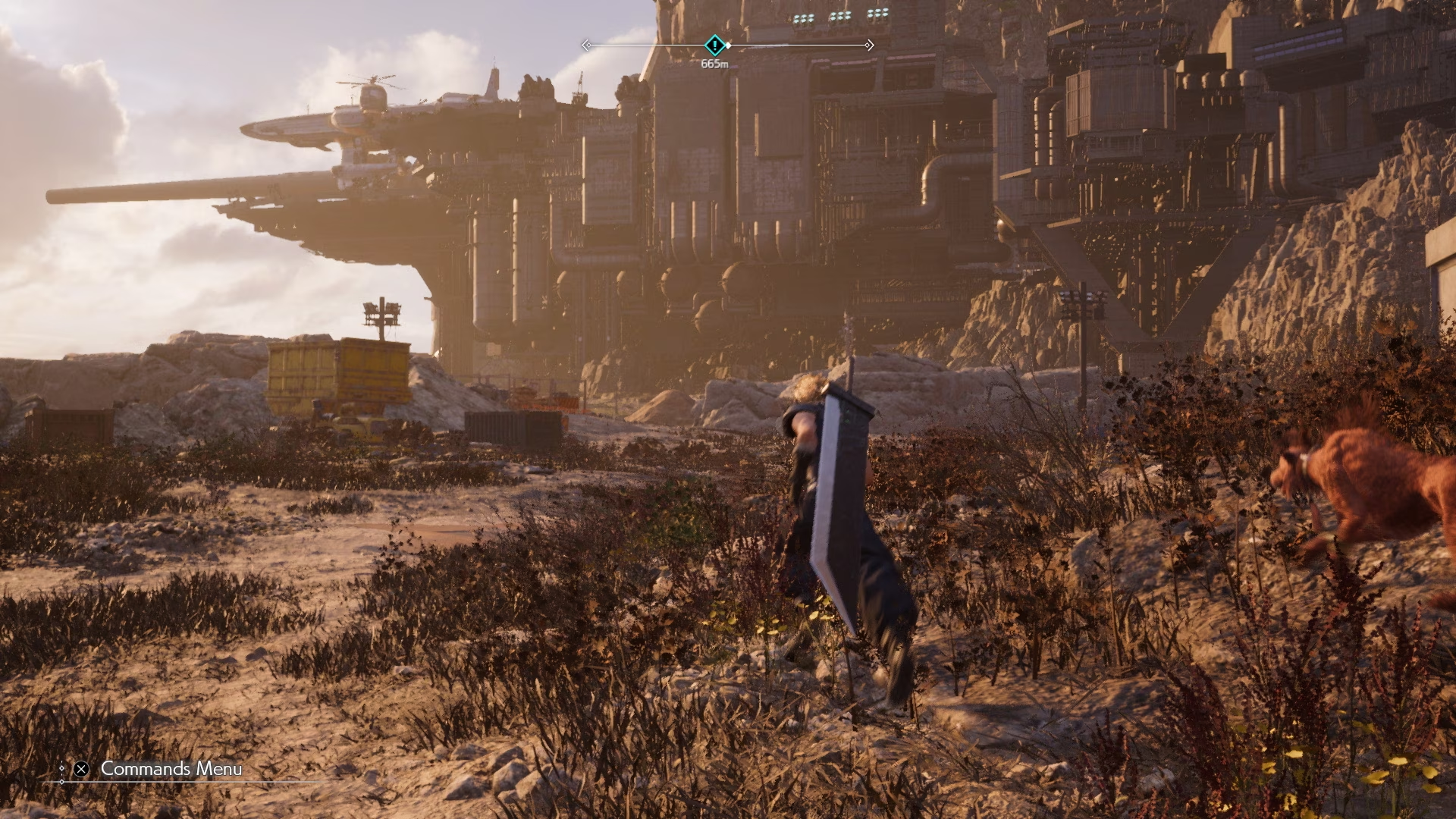
Final Fantasy VII Rebirth takes the story in its own unique direction, moving beyond simply retelling the original. It leans heavily into fan service and nostalgia, clearly targeting longtime fans of Final Fantasy VII while also catering to newcomers. For newcomers who’ve only played the Remake, you’re not missing much story-wise, as the trilogy remains largely standalone.
Pros
- Unique story direction that doesn’t simply retread the original
- Improved combat with smoother animations and better responsiveness
- Vast open world maps with adventurous tone eclipsing the original remake
- Numerous engaging minigames adding variety
- Strong nostalgia and fan service for longtime FF7 fans
Cons
- Combat still divided in identity; can feel stiff or confusing at times
- Performance issues on console with blurry visuals and inconsistent frame rates
- Party system limits you to three fighters at once despite larger roaming group
- Stealth sections feel minor and somewhat annoying
- Visual downgrade in sharpness compared to FF7 Remake on PS5

Story
The narrative explores a lot of new territory, I would even go as far as to say it is going off the rails compared to the original Final Fantasy VII, ramping up the stakes and expanding the lore beyond what the first Remake covered. It dives deeper into Cloud’s past, his ties with Shinra, and his complicated relationship with Sephiroth, alongside new and returning characters. The story is far more engaging and paced better than the Remake’s initial glorified tutorial section. In fact, it got me hooked from the get go, as opposed to Final Fantasy VII being a slogfest in the first few hours.
As for the pivotal moments in the original game, Rebirth takes a cautious and somewhat restrained approach but at the same time, the game diverges from the original by exploring these events through new narrative perspectives and thematic mind bending layers, aiming to give players a fresh experience while respecting the significance of these moments. While some fans might find these portrayals less dramatic or way off from their expectations, it fits well within the game’s more modern tone, adding depth and nuance to a well-known story beat without overshadowing the broader narrative.

Gameplay
Gameplay builds upon the Remake’s foundation but refines and improves many systems. The introduction of Synergy Abilities, which are powerful combo attacks (there are different sets of combinations by different characters available), fueled by the Active Time Battle gauge—adds fresh strategic depth to combat and one that encourages you to switch up the party composition more. The improved responsiveness and smoother animations make battles more gratifying, though the system’s hybrid nature between real-time and turn-based can still feel uneven at times.
One jarring aspect is the party system. While five characters roam the world together, only three participate in combat at any given time, creating a somewhat immersion-breaking disconnect. The game also includes minor stealth sections that are easy and brief but feel somewhat out of place.
The world design in Final Fantasy VII Rebirth marks a significant expansion from the more confined urban spaces of the Remake, embracing a semi-open world structure that encourages exploration and discovery of Midgar. The maps are vast and varied, featuring diverse environments that range from dense forests and sprawling settlements to rugged mountains and ancient ruins.
Numerous mini-games provide welcome variety although it can get quite tedious if you’re a completionist. Overall, the expanded open-world invites thorough exploration with a wealth of side quests and hidden secrets. The campaign offers around 40 hours of content, with over 100 hours available for completionists, making Rebirth a substantial midway point in the Remake saga.

Graphics and Sound
Graphically, the game feels like a continuation of the Remake’s visual style. Although some aspects felt like a downgrade, especially in color vibrancy and fidelity (resolution). However, the open-world design eclipses the linearity of the first Remake, offering massive maps that encourage exploration and adventure, which kind of more than makes up for it. However, Performance on PS5 is mixed; the game can be blurry and struggles to maintain a stable 60fps, particularly during exploration. Combat sequences fare better but use aggressive dynamic resolution scaling.

Conclusion
Final Fantasy VII Rebirth is a nostalgic yet fresh continuation of the Remake saga. It shines with an expanded open world, improved combat, and a story that honors longtime fans while exploring new narrative paths. Performance hiccups and some design quirks prevent it from reaching its full potential, especially for console users, but it remains an engaging experience well worth playing especially if you’re a long time Final Fantasy fan.

